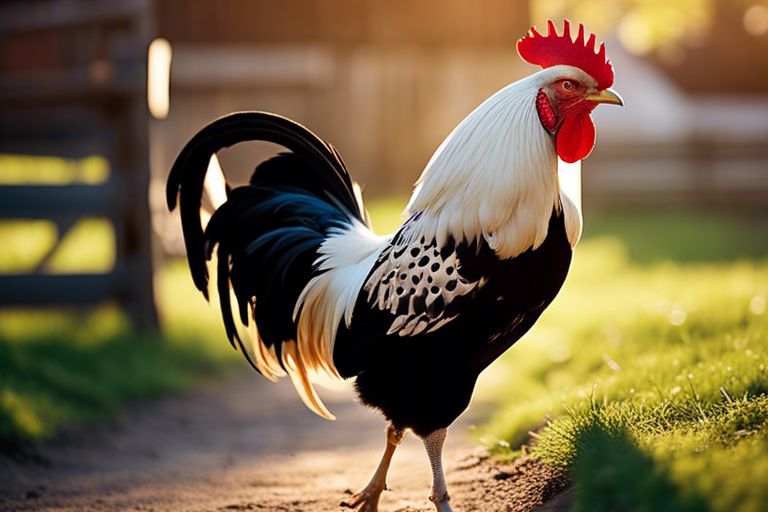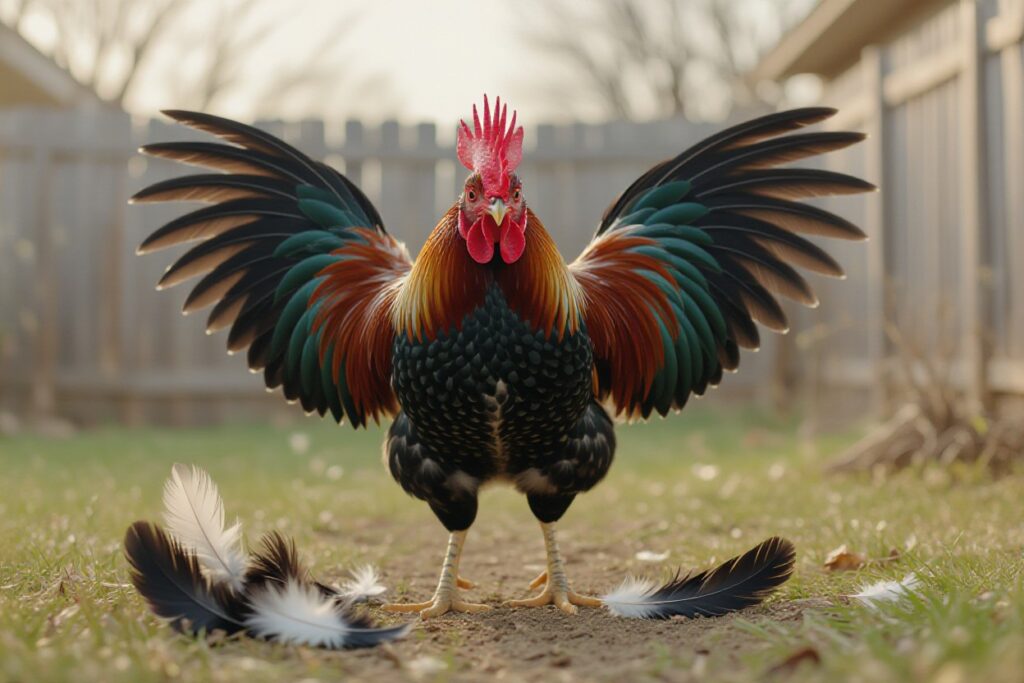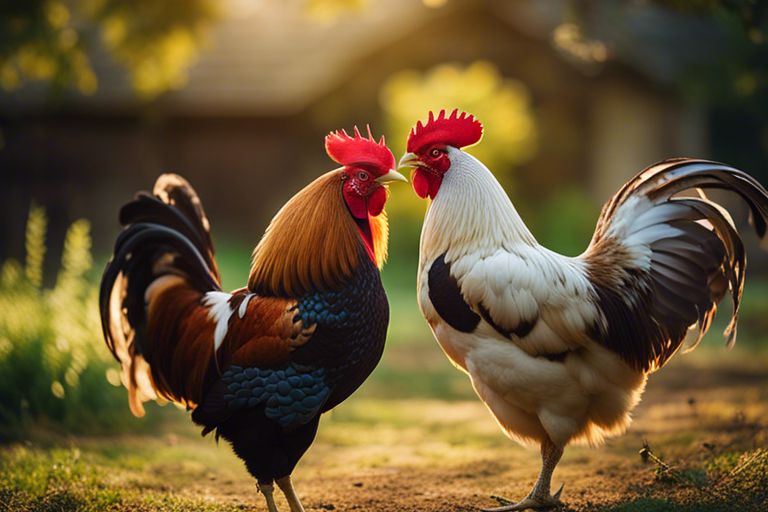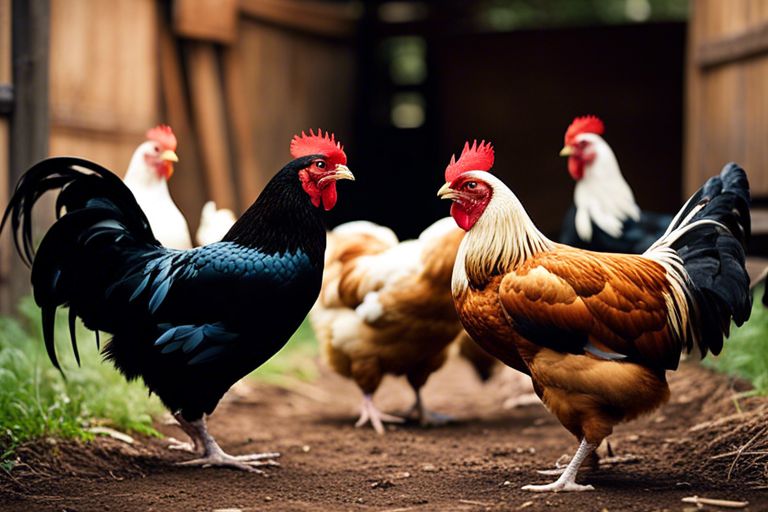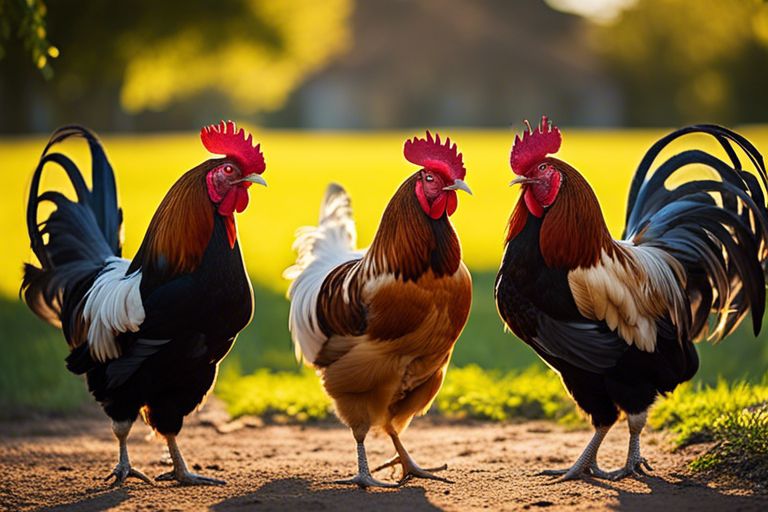Poultry owners, understanding rooster behavior is necessary for successful poultry farming. Roosters play a vital role in the flock’s dynamics, from protecting hens to establishing pecking order. By learning about their behavior cues and body language, owners can better manage their roosters, ensuring a harmonious environment for the entire flock. This guide will research into the intricacies of rooster behavior, providing valuable insights for poultry owners looking to deepen their understanding and bond with their feathered companions.
Types of Rooster Behavior
A rooster’s behavior can vary greatly, from aggressive displays to courtship rituals. Understanding the different types of behaviors exhibited by roosters can help poultry owners better care for their flock. Here is a breakdown of the various behaviors you may observe in roosters:
| 1. Aggressive Behavior | 4. Mating Rituals |
| 2. Non-Aggressive Behavior | 5. Courtship Displays |
| 3. Territorial Behavior |
Aggressive versus Non-Aggressive Behaviors
You may notice that some roosters exhibit aggressive behaviors such as pecking, charging, or puffing up their feathers to appear larger. In contrast, non-aggressive behaviors include calmly interacting with other flock members and showing no signs of hostility. Recognizing these behaviors can help you address any potential issues within your flock.
Mating Rituals and Courtship Displays
Displays of mating rituals and courtship can be fascinating to observe in roosters. They may engage in elaborate dances, vocalizations, and even offering food to hens as part of their courtship displays. These behaviors are natural instincts that play a crucial role in the breeding process for your flock.
With an understanding of rooster behavior and the various types of behaviors they exhibit, poultry owners can effectively manage their flock and ensure the well-being of their birds. By observing and recognizing these behaviors, you can create a harmonious environment for your roosters and hens to thrive.
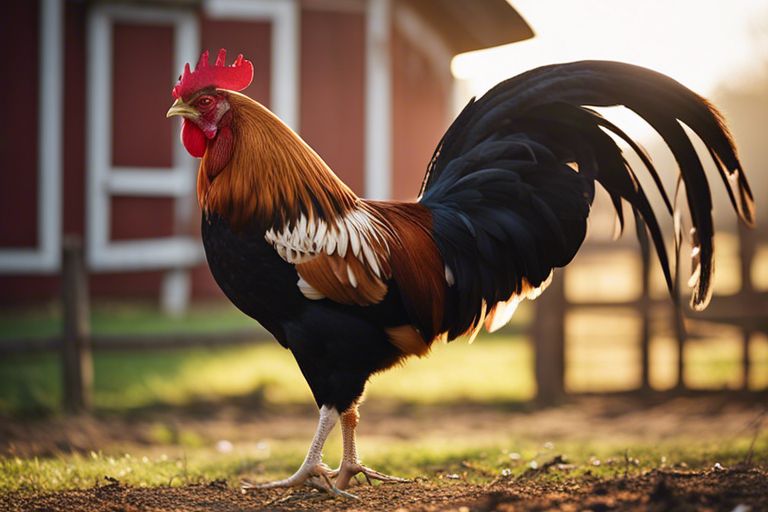
Factors Influencing Rooster Behavior
Any poultry owner knows that rooster behavior can be influenced by a variety of factors. Understanding these influences is crucial for creating a harmonious environment within your flock. Some of the key factors that can affect rooster behavior include breed-specific characteristics, environmental impacts, and individual personality traits. This chapter will explore into these factors and how they play a role in shaping the behavior of your roosters.
Breed-Specific Characteristics
If you are considering adding a rooster to your flock, it is important to research the breed-specific characteristics of the rooster you are interested in. Different breeds have distinct behavioral traits that can impact how they interact with hens, other roosters, and their overall demeanor. Some breeds are known for being more aggressive or dominant, while others may be more docile and friendly. Understanding these characteristics can help you choose a rooster that will fit well with your existing flock.
Environmental Impacts on Behavior
Any changes in the rooster’s environment can have an impact on their behavior. Factors such as space limitations, temperature, food availability, and predator threat can all influence how a rooster behaves. It is important to provide a suitable environment for your rooster that meets their needs for space, shelter, and security. Failure to do so can result in stress, aggression, or other behavioral issues.
Environmental impacts can also include the presence of loud noises, unfamiliar scents, or sudden disturbances that can startle or distress roosters. It is important to create a calm and predictable environment for your flock to help them feel safe and secure.
Behavior Adjustment
Understanding the various factors that influence rooster behavior is the first step in effectively managing and adjusting their behavior. By considering breed-specific characteristics and providing a suitable environment for your flock, you can help ensure that your roosters exhibit positive and desirable behaviors within your poultry community.
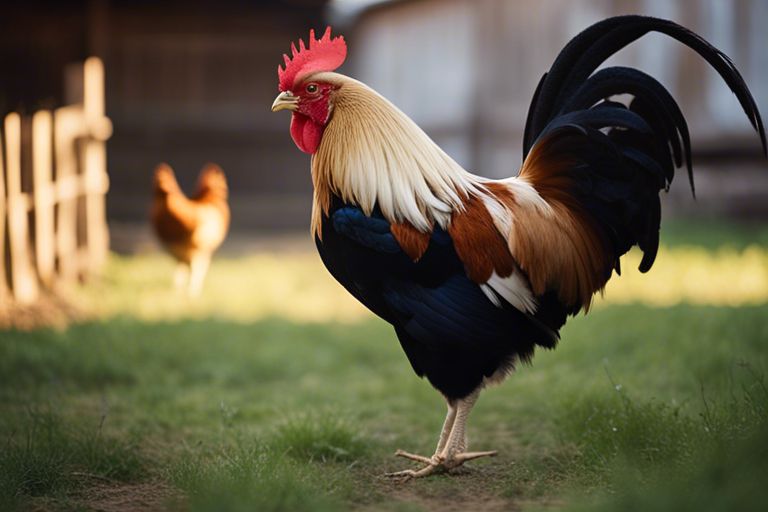
Step-by-Step Tips for Managing Rooster Behavior
Many poultry owners may find managing rooster behavior challenging, but with the right strategies, it can become a more manageable task. Below are some practical tips to help you navigate and understand your rooster’s behavior:
- Establish consistent routines for feeding and care.
- Provide enough space in the coop and run for all birds.
- Be observant of flock dynamics and intervene if necessary.
- Train your rooster with positive reinforcement techniques.
Table: Tips for Managing Rooster Behavior
| Establish Consistent Routines | Provide Adequate Space |
| Monitor Flock Dynamics | Use Positive Reinforcement |
Recognizing Signs of Distress or Aggression
Behavior: Recognizing signs of distress or aggression in your rooster is imperative for effectively managing their behavior. Aggressive behaviors may include raised hackles, charging, or attacking other birds or even humans. It’s crucial to address these behaviors promptly to prevent injuries and maintain a healthy flock dynamic.
Creating a Harmonious Coop Environment
Harmonious: Creating a harmonious coop environment is key to managing rooster behavior. Ensure the coop is clean, well-ventilated, and offers enough space for all birds to move comfortably. Providing enrichment activities like perches, dust bathing areas, and toys can also help reduce boredom and aggression among your flock.
Plus: Consider adding hiding spots or visual barriers to give birds a sense of security and reduce aggression. Regularly inspect the coop for any signs of overcrowding, bullying, or stress, and make adjustments as needed to promote a peaceful living environment for your roosters.
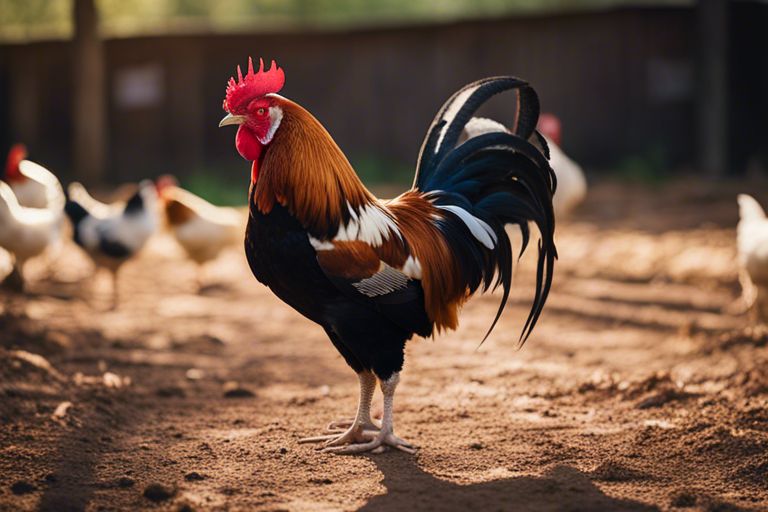
Pros and Cons of Rooster Behavior Modification
| Pros | Cons |
| Improved safety around children and visitors | Potential negative impact on rooster’s natural behavior |
| Reduced aggression towards other animals | Requires time and effort for training |
| Peaceful coexistence in a mixed flock | May not completely eliminate aggressive tendencies |
| Less noise pollution in urban areas | Some methods may be controversial among poultry owners |
Pros of Modifying Rooster Behavior
If you have concerns about the safety of children or visitors on your property, modifying your rooster’s behavior can provide peace of mind. By training your rooster to be less aggressive, you can create a safer environment for everyone.
Cons of Modifying Rooster Behavior
Modification of rooster behavior comes with its drawbacks. It requires time and effort to train a rooster, and even then, it may not completely eliminate its aggressive tendencies. Some methods of behavior modification may also be controversial among poultry owners.
Rooster behavior modification can have mixed results. While it can address certain behavioral issues, it may also impact the natural instincts and behaviors of the rooster. It’s vital to weigh the pros and cons carefully before deciding on the best approach for your flock.
Final Thoughts
Summary of Key Points
Little can compare to the joy of raising and observing roosters in their natural state. Understanding their behaviors, from crowing to territorial displays, is important for ensuring a harmonious flock dynamic. By being mindful of their instincts and social structures, poultry owners can better support the well-being of their roosters and hens.
Encouragement for Ongoing Learning and Observation
With a keen eye and a curious mind, there is always more to learn about rooster behavior. Continued observation of your flock can uncover fascinating nuances in their interactions and communication. Stay attuned to changes in behavior and environment, as these can offer valuable insights into the needs and dynamics of your feathered companions.
Final
Keep in mind, raising roosters is a continuous learning process. Stay informed, stay observant, and most importantly, enjoy the journey of being a poultry owner. Your dedication to understanding and caring for your roosters will not only benefit them but also enrich your own experience as a poultry enthusiast.
FAQ
Q: Why is it important for poultry owners to understand rooster behavior?
A: Understanding rooster behavior is crucial for poultry owners to ensure the wellbeing of their flock and maintain a harmonious environment in the coop.
Q: What are some common behaviors displayed by roosters?
A: Roosters often exhibit behaviors such as crowing, strutting, wing flapping, and establishing dominance within the flock.
Q: How can a poultry owner interpret a rooster’s body language?
A: Poultry owners can interpret a rooster’s body language by observing their posture, vocalizations, eye contact, and interactions with other birds in the flock.
Q: What should poultry owners do to address aggressive rooster behavior?
A: Poultry owners should carefully monitor and assess aggressive rooster behavior and consider implementing strategies such as separating the rooster, providing more space in the coop, or seeking advice from a poultry expert.
Q: How do roosters establish their dominance within the flock?
A: Roosters establish their dominance within the flock through displays of aggression, crowing, and engaging in physical confrontations with other birds to assert their authority.
Q: What role do roosters play in the flock dynamics?
A: Roosters play a crucial role in the flock dynamics by protecting hens, alerting the flock to potential dangers, and participating in mating rituals to ensure the continuation of the flock.
Q: How can poultry owners promote positive rooster behavior in their flock?
A: Poultry owners can promote positive rooster behavior by providing a well-structured environment, regular feeding and exercise routines, and establishing themselves as the leader of the flock through consistent and fair interactions with their birds.
